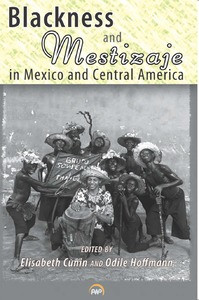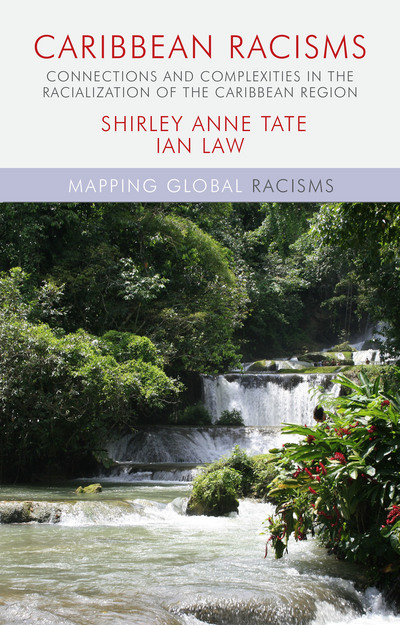The Spectacle of the Races: Scientists, Institutions, and the Race Questions in Brazil, 1870-1930 (review)
Bulletin of the History of Medicine
Volume 75, Number 1, Spring 2001
pages 152-153
DOI: 10.1353/bhm.2001.0014
J. D. Goodyear, Senior Lecturer and Associate Director, Public Health Studies Program
Johns Hopkins University, Baltimore, Maryland
Lilia Moritz Schwarcz. The Spectacle of the Races: Scientists, Institutions, and the Race Questions in Brazil, 1870-1930. Translated by Leland Guyer. Originally published as O espetáculo das raças: Cientistas, instituições e questão racial no Brasil, 1870-1930 (Brazil: Companhia das Letras, 1993). New York: Hill and Wang, 1999. ix + 355 pp. Ill. $35.00.
Brazil, like the United States, is an immigrant nation with an extensive history of slavery: in more than three hundred years of slave trading, Brazil received an estimated 3.5 million Africans. But unlike the United States, in Brazil slavery permeated all of the cities as well as the many distinctive regions. And with slavery came widespread miscegenation — a phenomenon that has shaped not only the demography of modern Brazil but also its intellectual history and cultural identity.
As the nineteenth century unfolded, Brazil shed its status as a Portuguese colony and educated elites sought to adopt notions of progress that were derived from ideas of the Enlightenment and the emerging power of science. Toward the end of the century, the thought of Darwin, Spencer, and the positivists lay at the core of debates about race and Brazil’s potential to achieve order and progress. Lilia Moritz Schwarcz takes up the challenge of examining the social history of racial ideas held by a range of Brazilian “shadowy men of science” (p. 16). In so doing she offers us a remarkable playbill of the extensive cast of characters and the plots that shaped the intellectual discourse among elites in Brazil for more than six decades.
Schwarcz focuses on the naturalists, historians, legal theorists, and physicians who sought to rationalize Brazilian social realities in light of nineteenth-century European thought. These are her “shadowy men” who engaged in defining the role of race in Brazilian identity. As a group, they were well educated and eager to participate in the debates begun in Europe and fueled by Darwinism and positivism. Other scholars who have visited this topic paint with much broader strokes. A great strength of this book is that Schwarcz teases apart the positions of the various players, examining the nuances that distinguish different lines of race thought. She has made a conscious effort to articulate the original contributions of Brazilians to the social construction of race that, by her estimate, occurred by the turn of the century. Another strength lies in her effort to take a comprehensive look at educated elites writing in different genres. Rather than isolating a single set of professionals, or concentrating on elites located in a single region of the country, she takes up the challenging task of reviewing extensive published materials across several disciplines. Through content analysis of journal articles, as well as close reading of editorials, theses, and treatises, she isolates the pivotal role of race in defining Brazil before and after emancipation (1888).
The materials used by Schwarcz are exceptionally rich. Whether analyzing natural history museums or institutes of history and geography, she can compare institutions founded in different cities to discern regional approaches to the meaning of miscegenation for Brazil. In her comparative profiles of the Goeldi Museum in Belém and the (new) National Museum in Rio, she reviews research efforts into physical anthropology as they relate to the perceived negative impact of Amerindians and Afro-Brazilians on the country’s ability to achieve sociocultural progress. She continues in the same style with her comparison of Brazil’s two law schools (at São Paulo and Recife) and two medical schools (at Bahia and Rio). She captures the individual approaches of different institutions through in-depth analyses of their respective journals and other publications that document the scholarly output each institution encouraged and found deserving. The jurists tended to view themselves as “masters in the process of civilization” (p. 233), and they repeatedly addressed issues of race and race-mixing as matters of penal law, criminal anthropology, and social policy. At the two medical schools, the physicians and medical students wrote regularly about race…
Read or purchase the article here.





